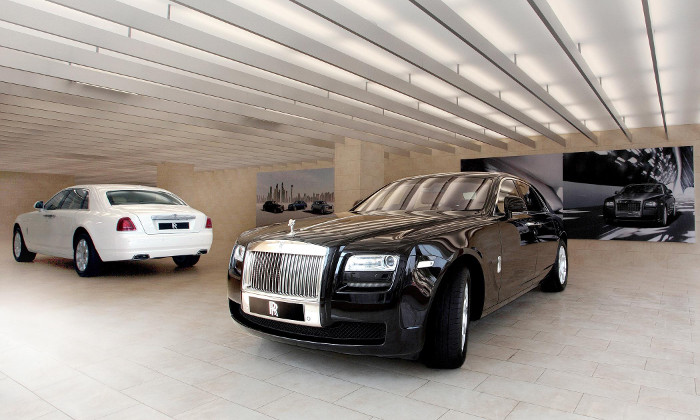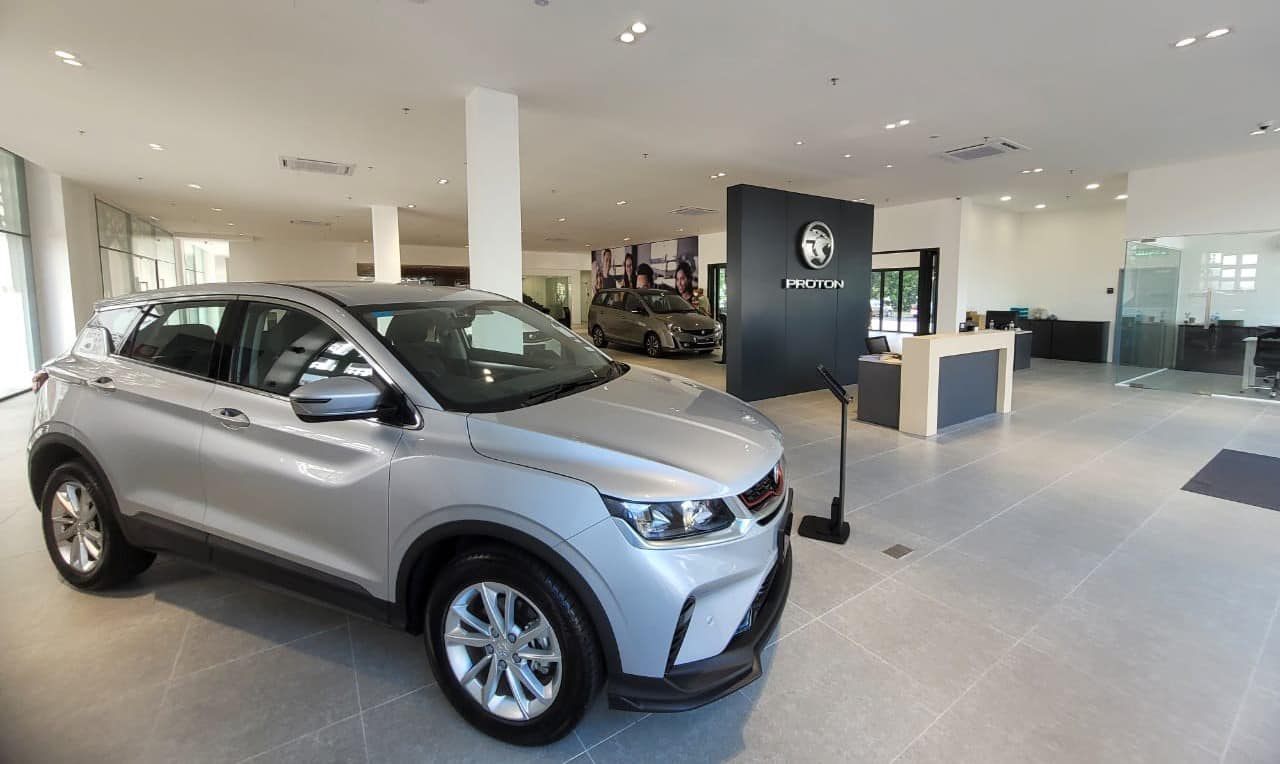Many of us have made the mistake of buying a vehicle that we didn’t want. That’s because we fell prey to the salesman’s false claims. He knew what to do and say to get you to buy a certain vehicle. See, showrooms have a certain number of vehicles that are allocated to them. And those vehicles need to be sold within a certain duration to meet budget and accounting expectations.
Inevitably, some models will sell better than others and the only way to get rid of the latter, is to unload them on some poor unsuspecting car buyer who doesn’t really know what he wants.
Well, we are going to help you avoid that by providing you with the following tips:
#1 Determine what you want
You need to have a clear picture of what you want to buy. It should fit into your lifestyle well and help you cope with your daily activities.
#2 Have a budget
Set a certain amount that you are willing to pay and ensure that you don’t go over it regardless of the circumstances. Ignore words like ‘best deal in town’ or ‘yearly discount’ which are used to describe a vehicle that you aren’t interested in. These are just marketing gimmicks to entice you to get something you don’t really want.
#3 Visualize what you want to buy
Visualize what it is that you expect to come home with. It should be a vehicle that you have chosen and not one that was purchased based on the opinion of others. Remember, this vehicle will be with you for the next few years and as such, it should be something you will be happy to have parked in your driveway.
#4 Identify the maintenance costs
These days, automakers make several variants of each model. And usually, the ones with much bigger engines don’t sell as well as the smaller ones. And as such, some sales people will try to convince buyers to opt for the larger displacement cars just to get them off the sales inventory. Don’t fall for this, instead, figure out how much you are willing to spend on the day-to-day expenses of your vehicle and do not deviate from that.
#5 Check the warranty and mileage claims
Make sure that you read the fine print, because not all warranties are created equal. Some don’t fully cover what they claim to on the brochures. So, do yourself a favour and spend sometime reading the warranty terms & conditions before committing to anything. Trust us, we’ve been in this same situation, it’s better to be safe than sorry.
As always, it’s better to learn from the mistakes of others than to waste your time repeating them. Do your homework before you take the plunge and buy a new vehicle. Remember, you aren’t buying vegetables, a vehicle is a very expensive liability that can lead you into financial strife should you buy one that isn’t suitable for you.











